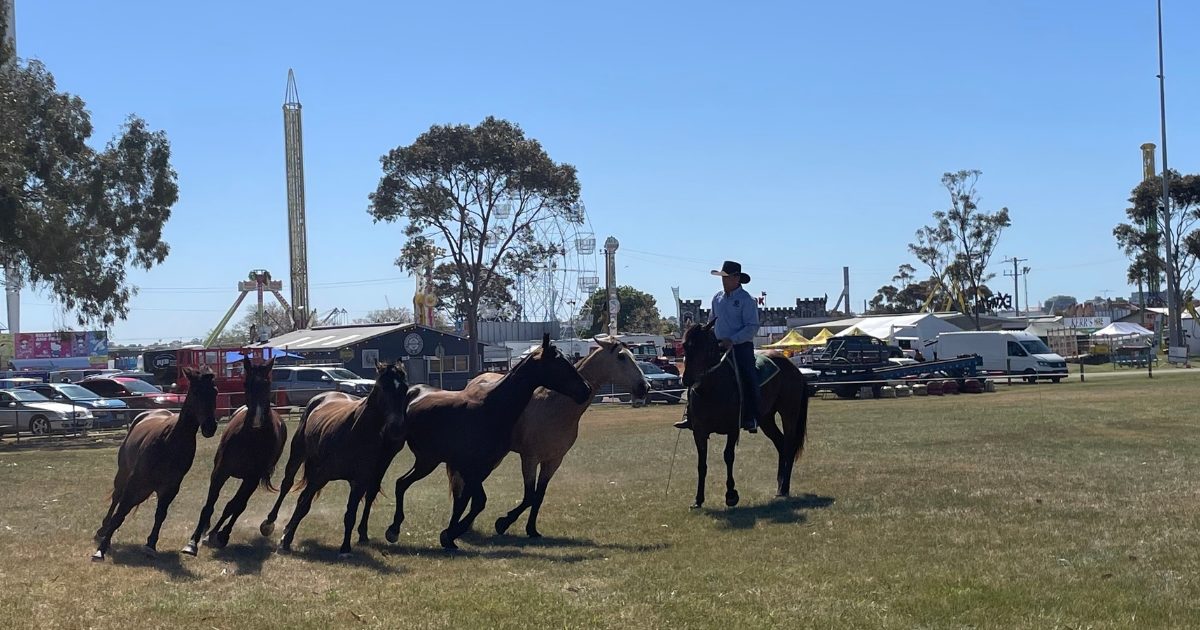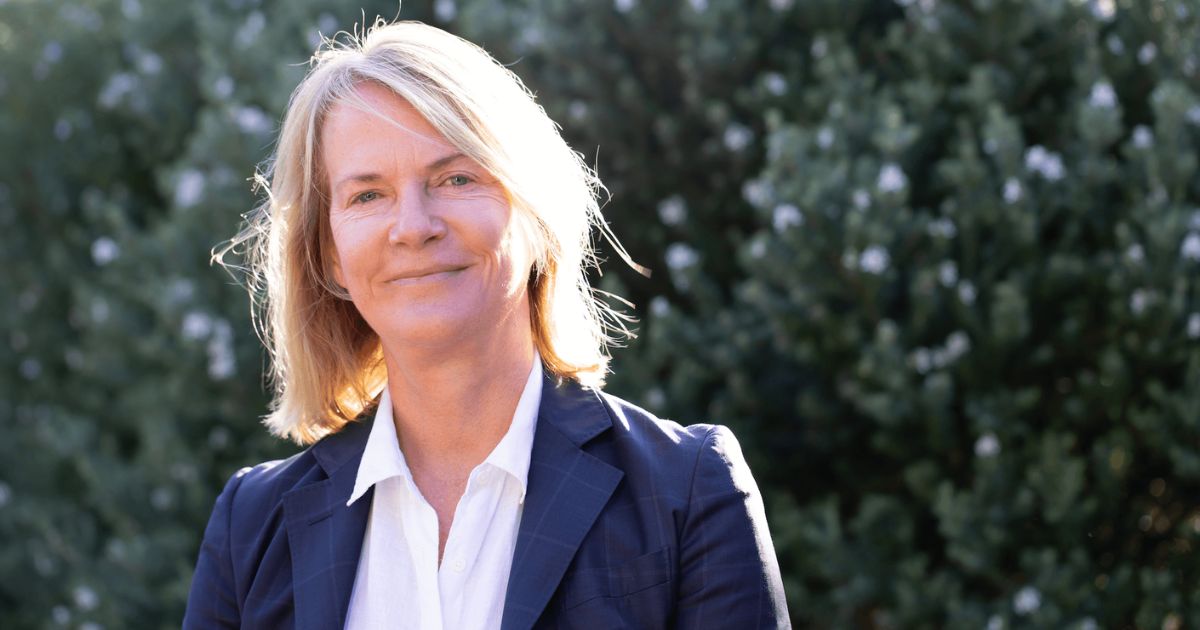Watch out for insurance loopholes ahead of bushfires

There have been a handful of major bushfires in Victoria’s south-west in recent years, including the St Patrick’s Day fires in 2018. Photo: FACEBOOK/CFA SOUTH WEST
A COMBINATION of increased insurance premiums, higher bushfire risk and updated building codes could mean policyholders have insufficient cover or no cover at all, an insurance expert has warned.
The 2020 Black Summer bushfires caused extensive damage to properties along Australia’s southeast coast, which led many survivors to seek help from their insurance companies with rebuilding.
Professor Michael Sherris from the School of Risk and Actuarial Studies at UNSW Business School said bushfires would unfortunately become more common into the future, and although fire damage was normally included in home insurance, it was important to know all the details.
“While most insurance companies should pay out, there are some issues and challenges that result in policyholders being underinsured or not insured at all.”
He said one example was building codes, which may change over time to incorporate new safety standards related to fire resistance.
“Building codes were revised after the Black Summer bushfire event and, depending on the risk level of the property, this impacts the cost of replacement.”
When homes do not comply with the new building codes, then an insurance company will only pay out to what a building structure is valued at, not the cost of rebuilding a home to a standard compliant with the new building codes.
“If your home’s cladding material, for instance, does not meet the building code requirements in your area, and in the unfortunate event of a bushfire causing damage to your home, necessitating a rebuild with cladding material compliant with the building code, you will incur higher costs,” Prof. Sherris said.
“Your insurance company, in this situation, will typically not cover the higher cost.
“It is the same if you renovate parts of your property to the new building codes. Your property is valued higher because it is more resilient to bushfires. Unless your insurance company is aware of this and reassesses your insurance premium based on your new building codes, you will be underinsured.”
Policy holders should check the applicable building code for their property.
Prof. Sherris said some insurance policies adjusted for underinsurance by including a 30 per cent increase in price if a claim occurs.“A major challenge we see nowadays is Australians choosing not to have insurance because the cost may be considered too high.
“The current cost-of-living crisis is not helping.
“What we have seen in the US, for example, is that insurance companies have pulled out of providing insurance of areas where bushfire or other natural disaster risk is too high as it would be too large of a financial uncertainty to cover certain areas. “It’s a worrying factor that may also become prevalent in Australia.
“There is an unexpected void as to what will happen if insurance companies pull out of high-risk areas.”

















